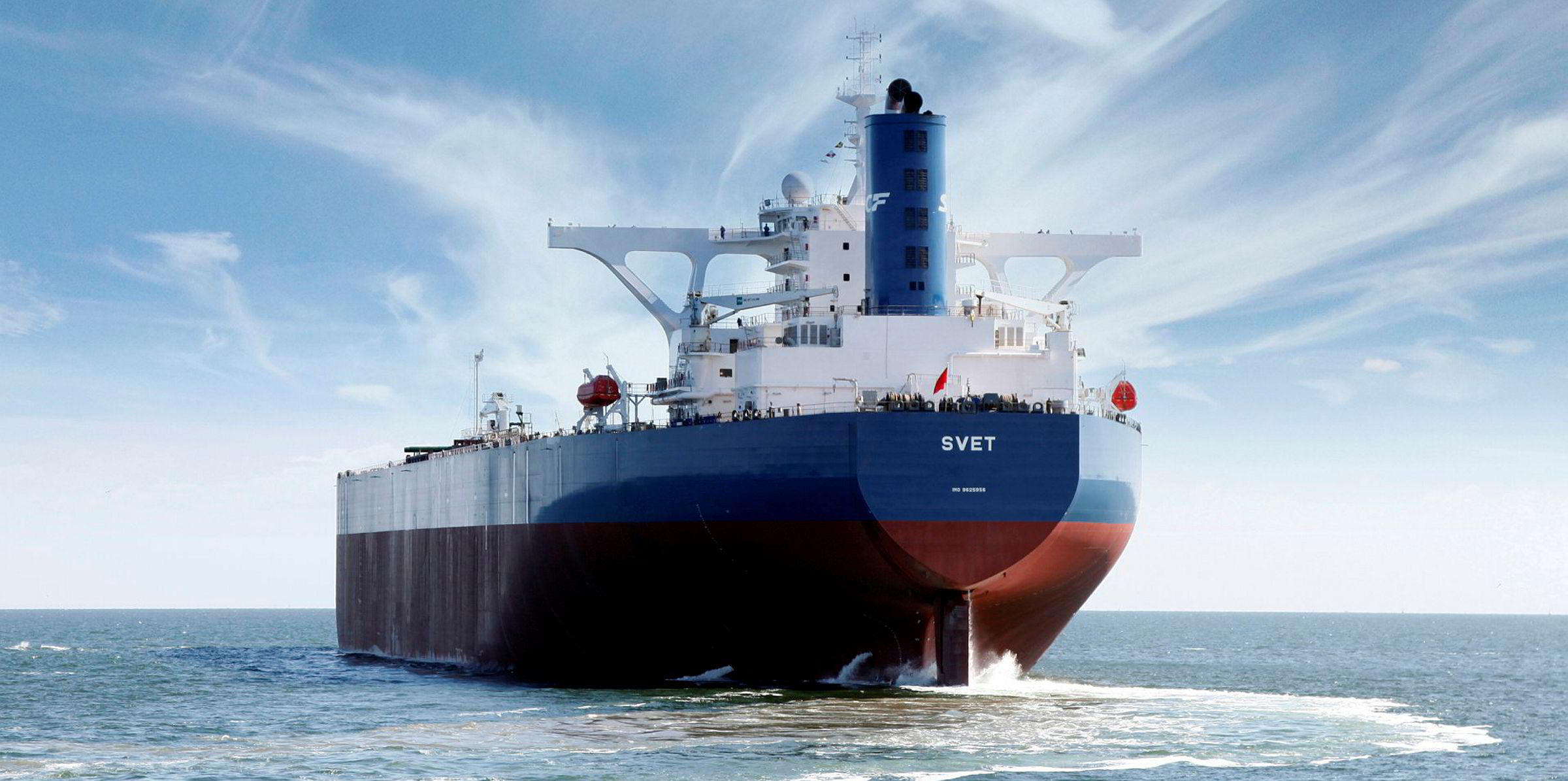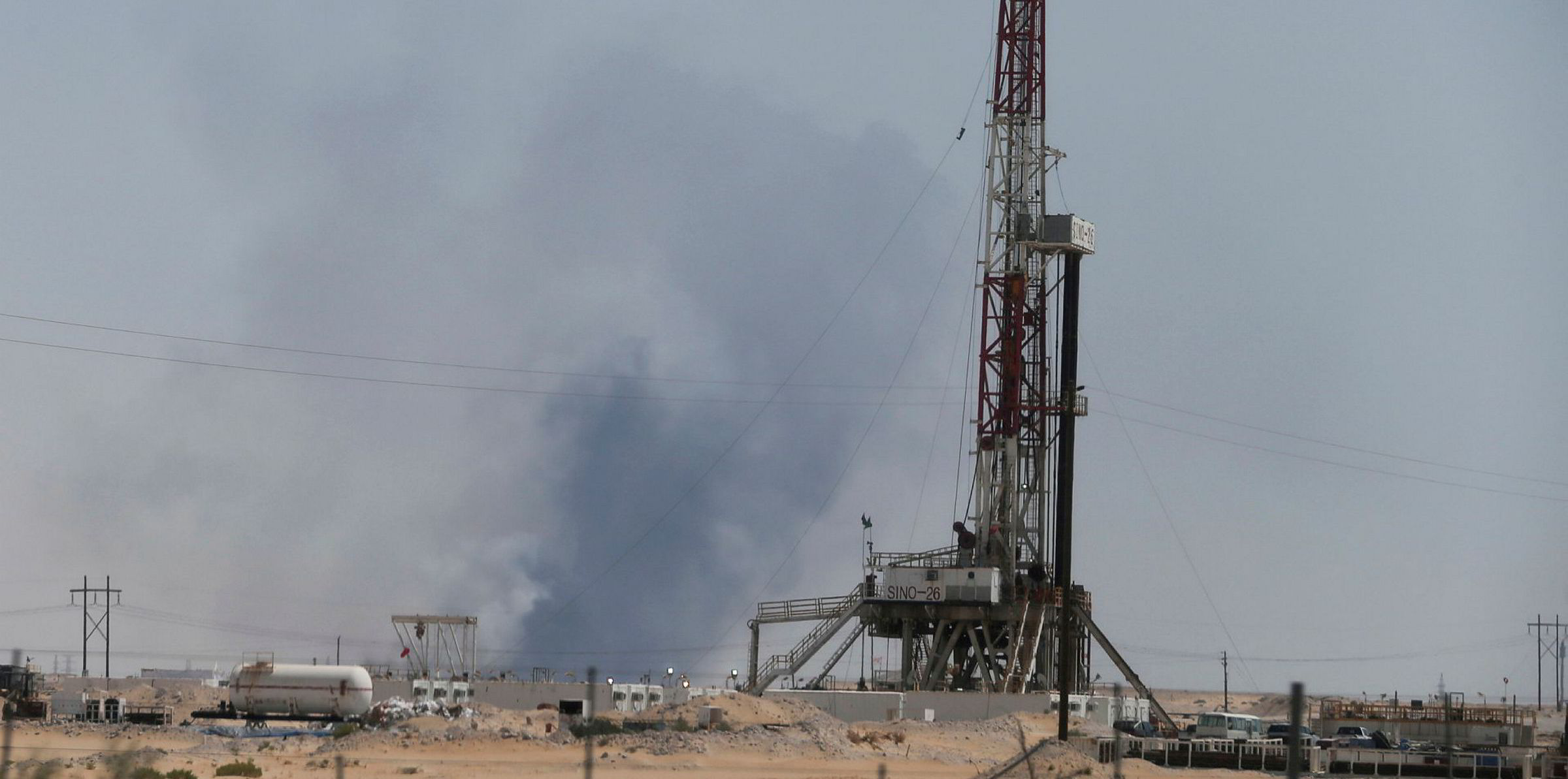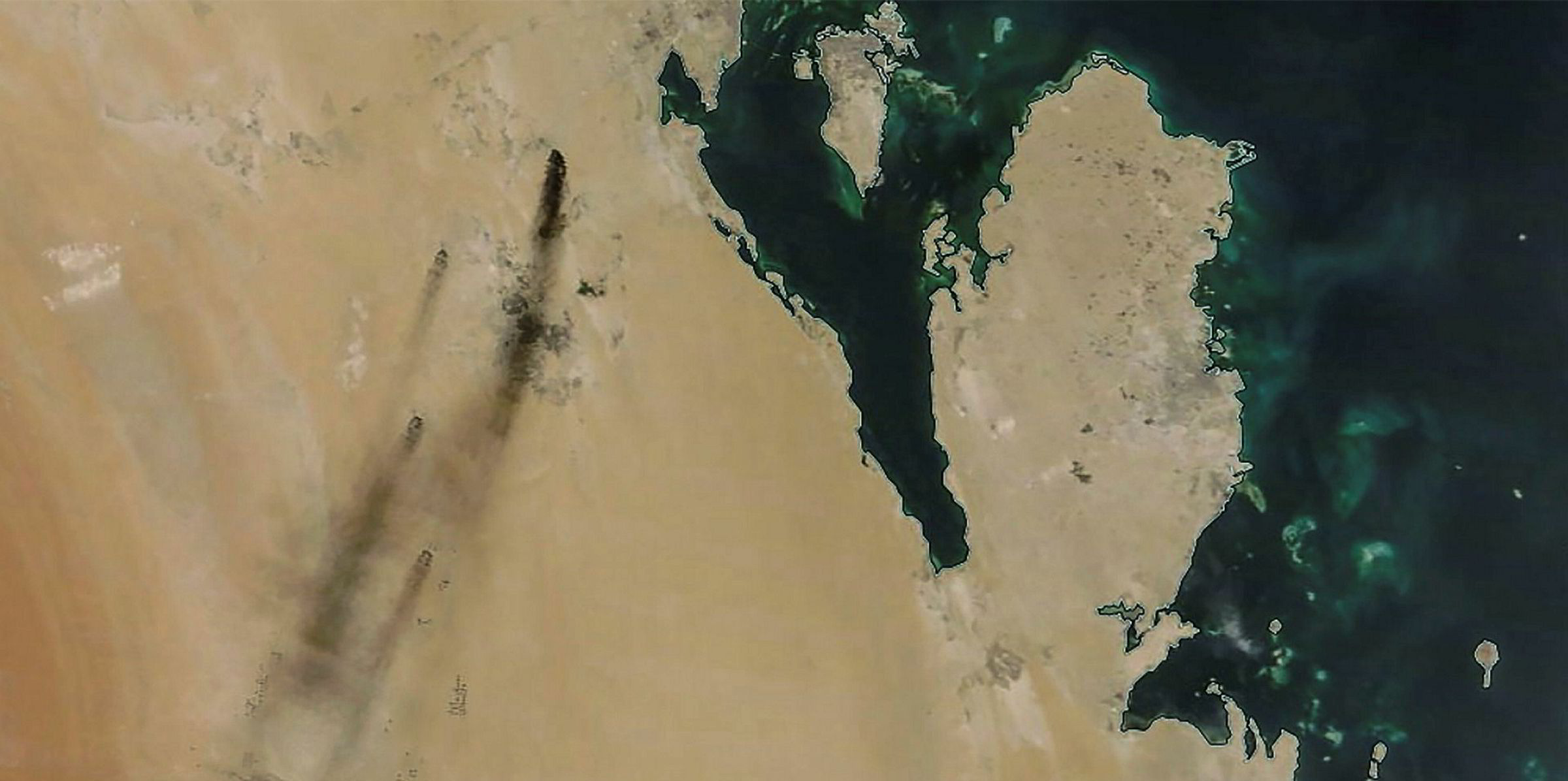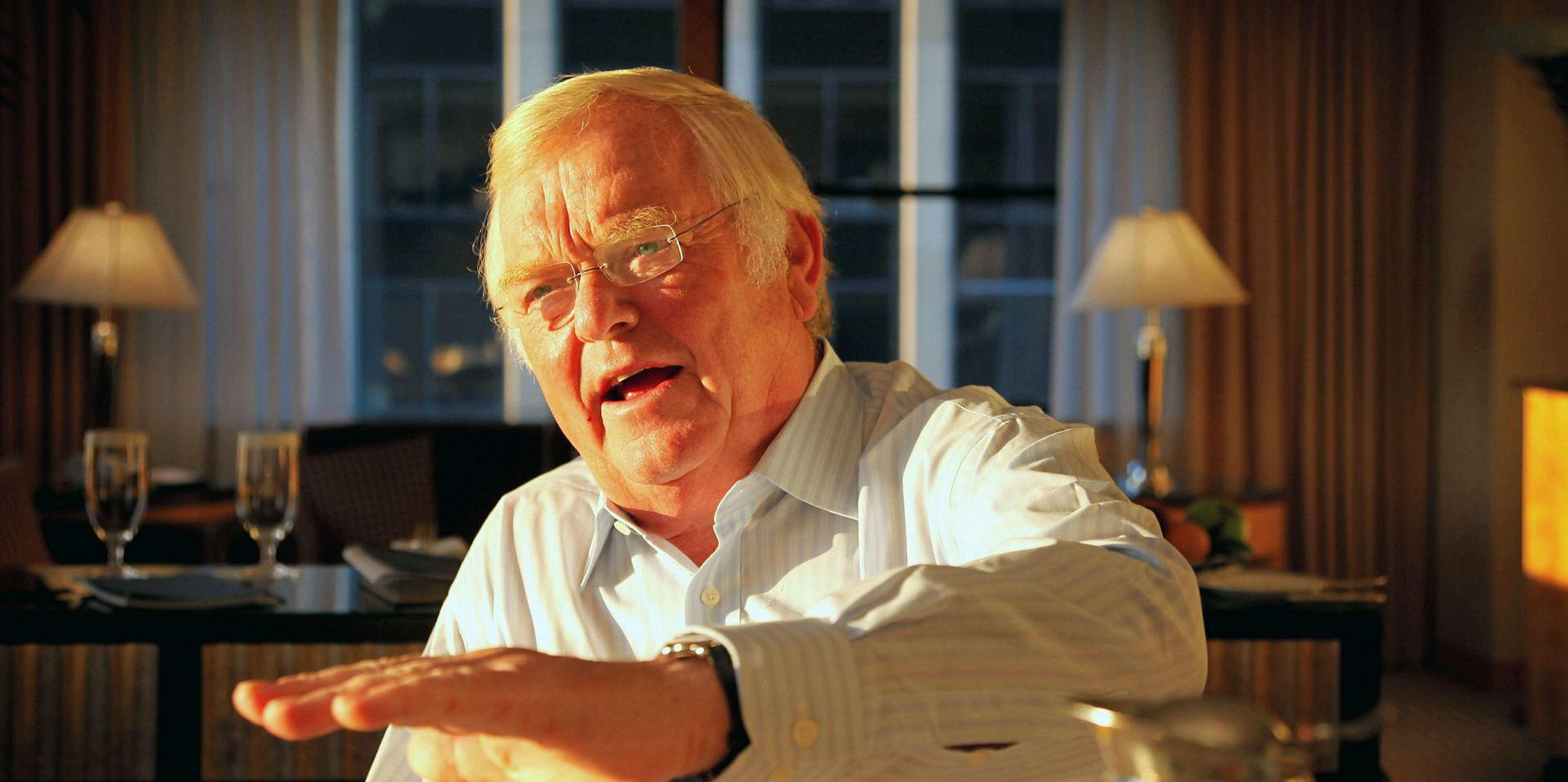VLCC rates are jumping on strong chartering demand after multiple drone attacks on Saudi Arabia’s oil facilities knocked out half of the country’s production capacity over the weekend.
On the Baltic Exchange, spot time-charter-equivalent earnings for VLCCs on the TD3C Middle East Gulf-China route rose by $7,925 to close at $32,367 per day on Monday, the highest in September.
VLCC earnings for the US Gulf-China route were assessed at $37,203 per day, compared with $28,354 per day on Friday.
With charterers rushing to fix VLCCs for loading from Middle East in September and for loading from the US in October, shipowners have had no trouble passing increased bunker costs onto their customers and earning some more, according to market participants.
Data from Bloomberg shows at least 13 VLCCs were fixed in spot trading on Monday, including four Middle Eastern and three US fixtures with East Asian destinations.
“The US Gulf market sees several charterers coming out…in the Middle East, it was basically Unipec singing solo,” said a major tanker operator.
After Saudi Aramco was forced to suspend 5.7m-barrel-per-day oil production, gains in US crude benchmark have lagged behind those in Brent futures. This incentivises shipments from the US.
Vitol, Equinor, Occidental Petroleum and Atlantic Trading & Marketing have been reportedly active in the US Gulf market, though the information cannot be immediately verified with the oil firms.
Among the reported fixtures, Bahri’s 319,300-dwy Nisalah (built 2010) was chartered by Occidental Petroleum to lift from the region on 25 October for a shipment to South Korea with a lumpsum rate of $8.1m.
As for the Middle East Gulf, DHT Holdings’ 319,737-dwt DHT Colt (built 2018) was provisionally fixed by Unipec for lifting during 27-29 September for a shipment to China at Worldscale 65.
Emails seeking comments from Bahri, Occidental Petroleum, DHT and Unipec’s parent Sinopec have yet to be responded at the time or writing.
'It remains to be seen'
Monday's surge in VLCC rates may not be directly tied to barrels of oil being taken off the market as a result of the drone attacks, but rather to sentiment and the perceived risks associated with transiting the region, Mike Moisio, head of strategy at US shipbroker Charles R. Weber, told TradeWinds.
"It remains to be seen; we know there was an attack but we don’t know what the real implications to Saudi crude exports are yet," he said.
"My gut says the tanker rate reaction from geopolitical acts is short-term. Until these types of acts become so regular that the geopolitical risk becomes an integral part of the market, I don't think it’s likely that this event will be the only thing that keeps rates up.
"It can change sentiment in the short term, surely, but other drivers are likely to return to prominence if things calm down and Saudi exports remain more or less as before."
Global VLCC returns may remain elevated, however, if Asian importers need to lean on the U.S. to fill any gap resulting from Saudi outages, he said.
"If more US barrels have to go east, it’s likely to drive a jump in tonne-miles," he said.
Some analysts have suggested that charterers may have come out to secure crude shipments over fears that Middle Eastern oil supply disruptions would prolong amid heightened geopolitical tension.
While Yemen’s Houthi rebels have claimed responsibility for the attacks, the US is blaming them squarely on Tehran.
“People think this is just the start of more trouble and there is a real risk this will lead to a war with Iran,” Banchero Costa analyst Ralph Leszczynski said.
“Buyers will rush to secure cargoes fearing supply shortages in coming month. This would lead to more shipping volumes and higher tanker rates in the short term.”
In the forward freight agreement market, daily earnings for TD3C have risen for all the 2019 and 2020 contracts. But the September contract outperformed the fourth-quarter 2019 contract on Monday.
Minor change in VLGC and product tanker rates
The positive sentiment in VLCC markets has not been felt by product tanker owners, however.
On the benchmark Middle East-Japan route, LR2 earnings were assessed by the Baltic Exchange at $10,042 per day on Monday, down $1,251 from last Friday. LR1 earnings dropped by $842 to $9,125 per day.
There have been reports that Saudi Arabia plans to import more oil products following the attacks, which, if materialised, would increase vessel supply in the Middle East.
Spot VLGC rates for Middle East-Japan trade were nearly $59.9 per tonne on Monday, up $1.07 from last Friday.
“We believe the impact of the attack will be a firming freight environment,” said Avance Gas chief executive Ulrik Andersen, whose company owns 14 VLGCs.
“The Saudi export makes up around 10 cargoes per month, which we expect to be replaced by the US as demand remains unchanged in the short run. It will increase tonne miles and firm the market.”






